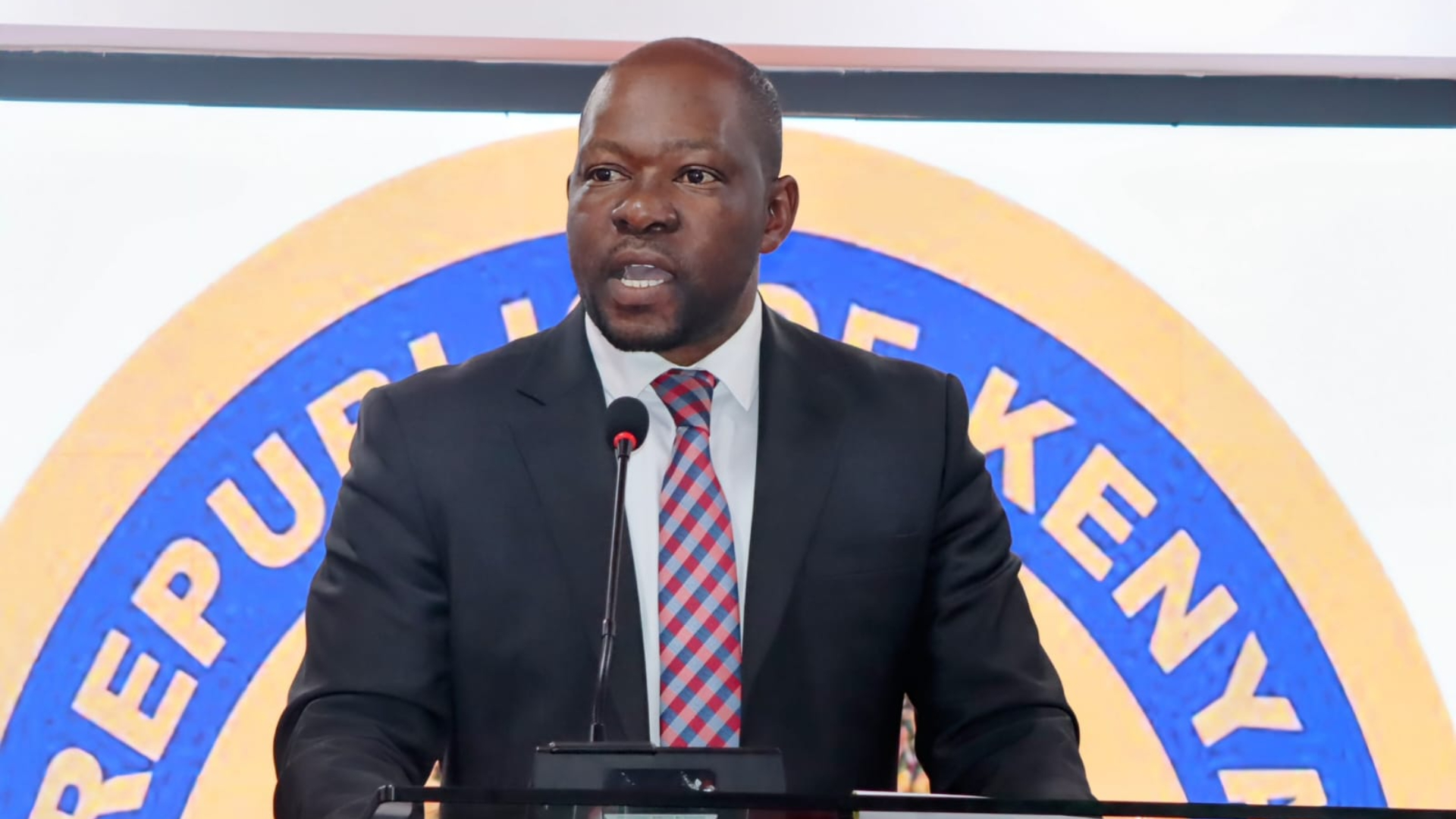Exchequer told to release revenue per budget plans

Low absorption of development budgets and delay in submission of quarterly performance reports are perennial challenges which stymie audit and Kenya’s development agenda.
As a mitigation measure, the Controller of Budget Margaret Nyakang’o says the National Treasury should ensure the exchequer releases to Government Ministries, Departments and Agencies (MDAs) according to their annual work-plan.
This is expected to ease cash flow projections to ensure funds are applied in time to the intended purpose, especially to the development budget which has a major enabler of growth.
The development budget recorded the lowest absorption rate at 48 per cent, while recurrent expenditure recorded 63.5 per cent.
This was a decline from 60.8 per cent and 63.8 recorded in a similar period of FY 2019/20 respectively.
Implementation review
Nyakang’o sentiments are contained in the budget implementation review report (BIRR) for the first nine months of the Financial Year 2020/21, which says the absorption rate for the financial year ending June 30 was 60 per cent, against a projected performance of 75 per cent by the quarter three.
“The Covid-19 pandemic resulted in low absorption of the budget, with the government scaling financing its ministries, departments and agencies (MDAs),” said Nyakang’o.
Receipts into the Consolidated Fund were Sh1.87 trillion representing 63.6 per cent of the annual target of Sh2.9 trillion, which was a slight increase compared to Sh1.78 trillion (67 per cent) recorded in a similar period in FY 2019/20.
Total exchequer issues to MDAs, Consolidated Fund Service (CFS) and County Governments amounted to Sh1.87 trillion representing 63.4 per cent of the revised net estimates, a decline of 65.7 per cent recorded in a similar period in 2019/20
The exchequer issues consisted of Sh184.3 billion for development expenditure, Sh1.48 trillion for recurrent expenditure and Sh201.5 billion to the County Governments representing 45.9 per cent, 68.6 per cent and 54.5 per cent respectively.
Exchequer issues
This, according to Nyakang’o, comprised of development, recurrent expenditure and CFS expenditure of Sh334.54 billion (48.0 per cent of revised gross development estimates), Sh815.79 billion (64 per cent of revised gross recurrent estimates) and Sh676.67 billion (63.0 per cent of revised gross estimates) respectively.
She said gross development expenditure was higher than exchequer issues due to Appropriations-in-Aid realised in funding some of the expenditures.
“To achieve budget targets and objectives, all votes should receive exchequer issues concurrently to promote equity in budget implementation,” said Nyakang’o.
Total expenditure for the national government was Sh1.83 trillion representing an absorption rate of 60 per cent, a decline compared to 62.9 per cent recorded in a similar period of financial year 2019/20, she said.
A review of the development expenditure by budget items shows that capital transfers to semi-autonomous government agencies (SAGAs) were the highest at Sh183.8 billion representing 54.9 per cent of the gross development budget, while construction of Non-residential Buildings at Sh19.7 billion representing 5.9 per cent of the gross development expenditure.














